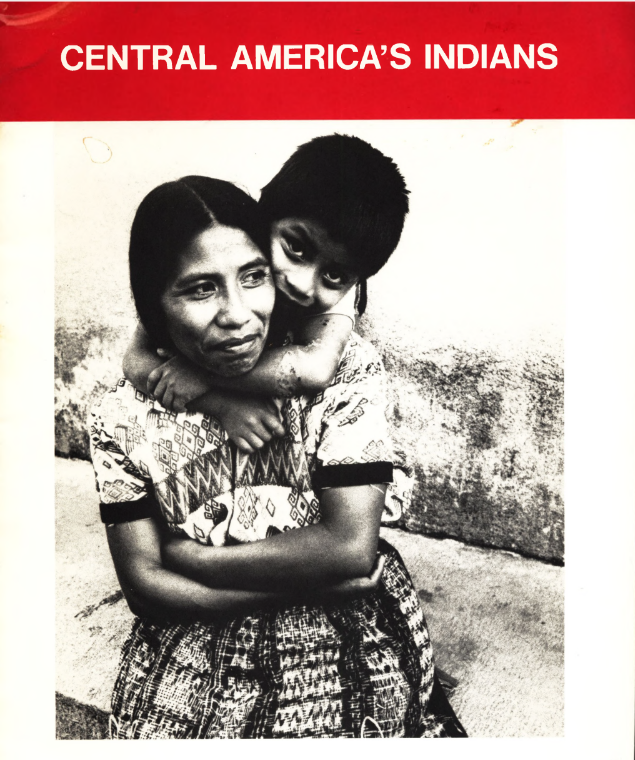Profile
Garífuna – also known as Black Caribs – are a people of mixed African and indigenous descent who mainly live in the Pearl Lagoon basin in the communities of Orinoco, La Fé and San Vicente. Besides communities in the Pearl Lagoon basin there are small numbers of Garífunas in Bluefields. The 2005 Census estimated there to be 3,271 Garifuna in the country, while other figures put their number at around 2,500.
Garifuna who live by the Pearl Lagoon practice subsistence farming and fishing those in the urban areas live similarly to their Creole neighbours, attending local universities and pursuing professional occupations.
The majority of Garifuna are bilingual although some indigenous language revival is taking place. With pressure to assimilate into regional cultures the Garifuna language fell into disuse but it has been enjoying a small resurgence.
The majority of Garifuna are Catholic but an essential aspect of their culture revolves around maintaining African influenced ancestral traditions based on ritual songs and dances.
Historical context
Garifuna are an Afro-indigenous community resulting from the inter-marriage of African maroons (escaped slaves) and indigenous Kalinago (Carib-Arawak) on the Caribbean island of St Vincent. After they were defeated by the British in 1796, they were exiled to the Honduras Bay Islands. Garífuna entered Nicaragua in 1880 from Honduras after having become a highly marginalized community in that country as a result of having sided with the Spanish loyalists in the 1830 war of independence.
In Nicaragua they worked as seasonal loggers in US-owned mahogany camps and earned positions of responsibility within the company hierarchies. The Garifuna already had significant experience working with US companies and in tree felling, having at times made up 90 per cent of the labour force that cleared the forested lands in Honduras to create the coastal fruit plantations and construct the railroad.
Being economically favoured newcomers with a closely-knit society, their own special history, language and African-indigenous based traditions, the Garifuna could exist somewhat independently of other previously established coastal groups. This inevitably prompted misgivings among Creoles and Miskitu, especially since Garifuna steadfastly maintained their distinct customs and continued to regard themselves as being different as a result of their successful anti-slavery resistance.
The decline of foreign enclaves forced Garífuna communities, located in Orinoco and La Fé in the southern region, to depend mainly on subsistence agriculture. Many felt pressured to assimilate linguistically and culturally into the dominant Creole culture in Bluefields, and after the 1950s, use of the Garífuna language declined. However, Garifuna who remained in their own communities continued to maintain their other traditions.
Unlike the other minorities of the Atlantic coast, Garífuna saw the Sandinista Revolution as an opportunity to resolve long-standing struggles over land rights with Creole and Miskitu communities. As a result of their support for the Sandinistas, Garífuna communities suffered ‘contra’ attacks during the war, and in 1985, Orinoco became a Sandinista military base. In 1986, Orinoco became the centre of an autonomy pilot project with international non-governmental organization (NGO) assistance. However, following the defeat of the Sandinistas, Garifuna became relatively marginalized once again and suffered discrimination from other communities in the region for having supported the Spanish-speaking Sandinistas.
However, in recent years Garifuna have become more closely allied to the Creole population in light of their mutually shared African ancestral origins and the tendency of younger generations to interact within a common contemporary multi-ethnic cultural framework.
Current issues
The 2005 passage of Law 445 regarding the Demarcation of the Properties of the Indigenous Peoples and Ethnic Communities of the Atlantic coast, Bocay, Coco and Indio Maiz Rivers gave the Nicaragua Garifuna a much–needed instrument to begin resolving their land rights.
The measures in the autonomy process that support cultural diversity and expression have also been instrumental in creating an environment wherein Garifuna once again can celebrate their culture and revive their language and performance traditions. Unlike previous eras, the new generation of Creole and Miskitu youth who have grown up with the autonomy process have strongly supported these Garifuna initiatives, viewing them as positive manifestations of their commonly shared coastal culture. All regard it as a much-needed step in safeguarding the cultural integrity of the region as a whole; especially in light of greatly increased mestizo in-migration.


